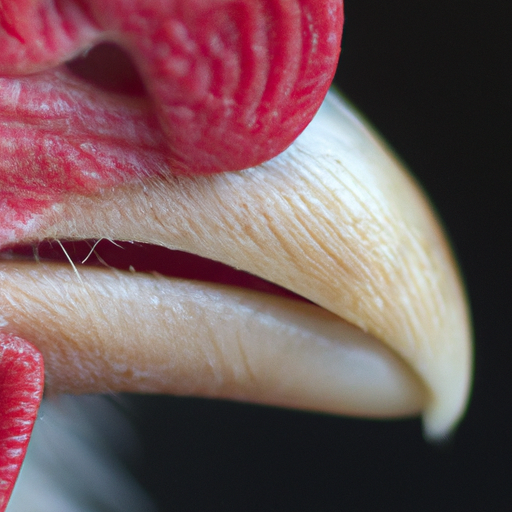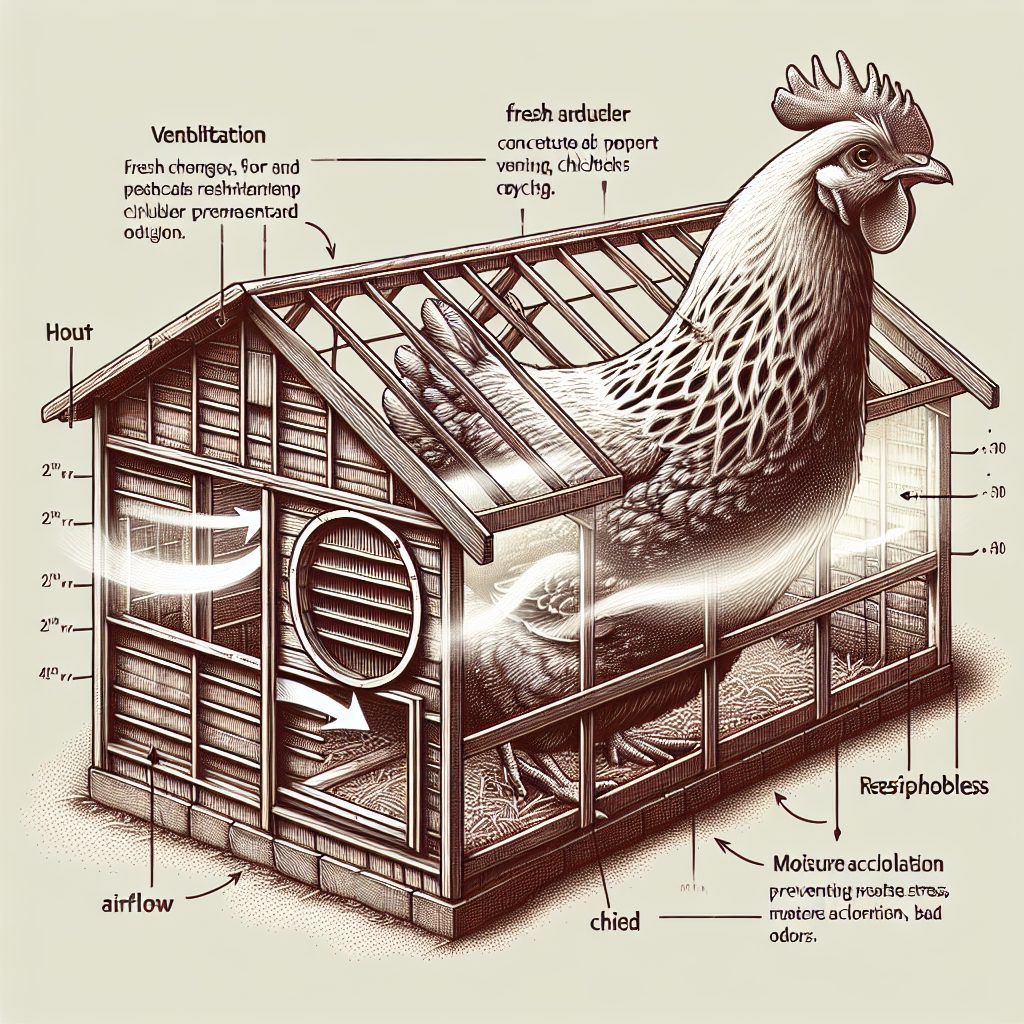If you are a chicken owner or someone who is simply curious about chickens, it’s important to be aware of the common symptoms of respiratory illnesses in these feathered creatures. Respiratory illnesses can be troublesome for chickens and can spread quickly among a flock if not properly addressed. In this article, we will explore the signs to look out for when it comes to respiratory illnesses in chickens, so you can keep your feathered friends healthy and happy. So, let’s dive in and learn the telltale signs of these illnesses in our clucking companions.
Common Symptoms of Respiratory Illnesses in Chickens
Respiratory illnesses can have a significant impact on the overall health and well-being of chickens. It is essential for poultry owners to be aware of the common symptoms associated with these conditions, as early detection can help prevent the spread of the illness and ensure prompt treatment. This comprehensive article will explore the various signs that indicate respiratory problems in chickens, allowing you to take the necessary steps to keep your flock healthy and thriving.
Coughing and Sneezing
One of the most noticeable symptoms of respiratory illnesses in chickens is coughing and sneezing. If you observe your chickens exhibiting these behaviors, it is crucial to pay close attention and monitor their overall condition. Coughing and sneezing are typically indicative of an infection in the upper respiratory tract, such as a common cold or respiratory virus.
Nasal Discharge
Another symptom to watch out for is nasal discharge. If you notice any discharge coming from your chickens’ nostrils, it may indicate an underlying respiratory issue. The discharge might be clear or cloudy and can range from minimal to excessive. It is essential to be proactive in addressing this symptom, as it suggests an infection or inflammation somewhere in the respiratory system.
Difficulty Breathing
Difficulty breathing is a severe symptom that requires immediate attention. If your chickens are struggling to breathe, their airways may be obstructed or inflamed. This can be caused by a variety of respiratory illnesses, including infectious bronchitis, avian influenza, or mycoplasmosis. If you notice your chickens gasping for air or breathing heavily, consult a veterinarian promptly for a proper diagnosis and treatment plan.
Rapid Breathing
Rapid breathing, also known as tachypnea, is another significant indicator of respiratory distress in chickens. If you observe your chickens breathing at an abnormally fast rate, it suggests that their respiratory system is under significant strain. This symptom often accompanies difficulty breathing and can be a sign of a severe respiratory infection.
Wheezing or Rattling Sounds
Wheezing or rattling sounds during breathing are an alarming sign of a respiratory illness in chickens. These sounds often occur due to the presence of mucus or fluid in the airways, causing an obstruction and making it difficult for the chickens to breathe properly. Wheezing or rattling sounds may also indicate lung damage or pneumonia. It is crucial to act promptly if you notice these sounds, as they can suggest an advanced stage of respiratory illness.
Decreased Appetite
Respiratory illnesses can affect chickens’ overall appetite, leading to a decrease in food intake. This symptom is associated with both the discomfort caused by the illness and the energy required to breathe and fight the infection. If you observe a sudden loss of interest in food, it is crucial to monitor your chickens closely to ensure that they are getting the nutrition they need to recover properly.
Weight Loss
Weight loss is often a consequence of decreased appetite and can be a significant symptom of respiratory illnesses in chickens. When chickens are not consuming an adequate amount of food due to respiratory infections, they may begin to lose weight rapidly. Monitoring their weight regularly will help you gauge their overall health and identify any concerning trends.
Swollen or Watery Eyes
Respiratory illnesses can manifest in visual symptoms as well, such as swollen or watery eyes. If you notice your chickens with eyes that appear puffy, red, or continuously watering, it may indicate an underlying respiratory infection. The eyes are closely connected to the respiratory system, and any inflammation or infection can affect them. Prompt treatment is crucial to prevent further complications and discomfort for the chickens.
Pale or Bluish Comb and Wattles
The comb and wattles, the fleshy, red parts on top of a chicken’s head and beneath its beak, can serve as indicators of respiratory illnesses. Healthy chickens typically have vibrant, red-colored combs and wattles. However, when chickens are unwell, these areas may appear pale or bluish in color. This discoloration can indicate a lack of oxygen reaching these tissues, which is commonly associated with respiratory problems.
Depression and Lethargy
Lastly, depression and lethargy are common symptoms observed in chickens suffering from respiratory illnesses. Chickens affected by respiratory infections often exhibit a lack of energy, reduced activity levels, and an overall depressed demeanor. If your normally spirited and active chickens seem unusually tired or disinterested, it is crucial to investigate further and take appropriate action to restore their health.
In conclusion, respiratory illnesses in chickens can manifest in various symptoms that range from mild to severe. Early detection of these signs is essential for timely treatment and preventing the spread of the illness to the rest of the flock. By closely monitoring your chickens’ respiratory health and seeking professional veterinary advice when necessary, you can ensure that your flock remains healthy, happy, and free from respiratory distress.




